Rhetoric After Sound: Stories of Encountering “The Hum” Phenomenon

..
“So I have heard The Hum… The rest of what I’m about to tell you is beyond reasoning, and understanding.” Here, in a Reddit post, Michael A. Sweeney prefaces their story of their first encounter with “the hum,” an unexplained phenomenon heard by only a small percentage of listeners around the world. The hum is an ominous sonic event that impacts communities from Australia to India, Scotland to the United States. And as Geoff Leventhall writes in “Low Frequency Noise: What We Know, What We Do Not Know, and What We Would Like to Know,” the hum causes “considerable problems” for people across the globe—such as nausea, headaches, fatigue, and muscle pain—as it continues to be an unsolved “acoustic mystery” (94).
..
Sweeney’s story of encountering the hum for the first time is remarkable. It begins in Taft, California, which Sweeney recounts as “a podunk little desert bowl town in the middle of nowhere. You can literally drive from one end to the other in under 10min, under 5 if you was speeding.” On this particular night, while walking down the main road of Taft, they report the scene being charged with electricity, and following this charge, hearing a moving sound, a traveling yet invisible sound. “This invisible thing was creating a noise like I had never heard before and sending a wave of static electricity throughout the air in every direction around it,” Sweeney explains. They try to track it down, but to no avail. After following the hum a few blocks and around a couple of corners, it just simply vanishes. As Kristin Gallerneaux aptly claims in her book High Static, Dead Lines: Sonic Spectres and the Object Hereafter, “the Hum’s oppression seems to come from everywhere and nowhere” (196), and this is especially true in Sweeney’s encounter.
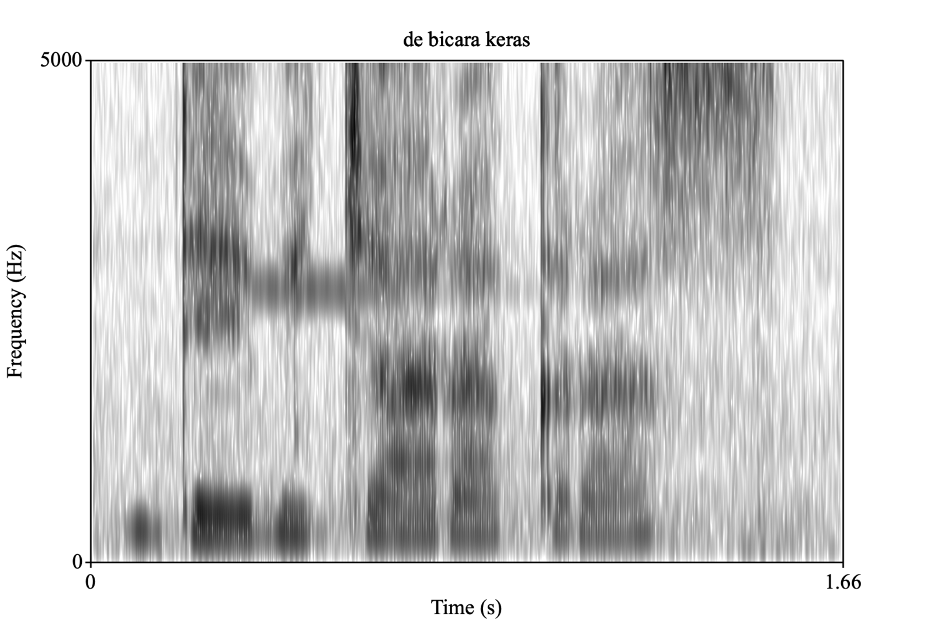
While their account of the hum as electrically-charged is exceptional, Sweeney’s story adequately represents both the anomalistic qualities of the hum and its ability to elude a locatable and identifiable source. They attempt to describe the hum during this encounter as “like an invisible traveling vehicle of some sort,” but that, altogether, they are “not really sure” what it is. And they even admit that this explanation “makes no sense… whatsoever.” This difficulty in describing the phenomenon is reaffirmed not only by the stories told by other listeners but, too, the numerous scientific experiments that have been conducted after the hum’s frequent emergence beginning around the 1970s (Deming “The Hum: An Anomalous Sound Heard Around the World” 583).
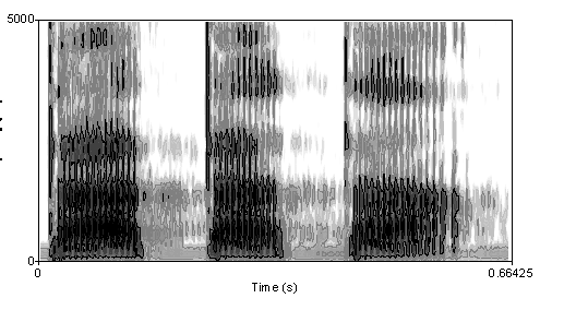
In the US, two major studies have been conducted on the hum: The first in Taos, New Mexico, and the second in Kokomo, Indiana (Cowan “The Results of Hum Studies in the United States”; Mullins and Kelly “The Mystery of the Taos Hum”). Collectively, nearly three hundred residents in these communities have reported hearing a mysterious hum that exists without a known source. While it may sound like an idling diesel truck engine (Frosch “Manifestations of a Low-Frequency Sound of Unknown Origin Perceived Worldwide, Also known as ‘The Hum’ or the ‘Taos Hum’” 60), a dentist’s drill (Deming 575), “someone’s high-powered audio bass running amok” (Mullins and Kelly “The Elusive Hum in Taos, New Mexico”), or simply just an “invisible force”—as Sweeney claims—it may be none of the above. Musicologist Jorg Muhlhans asserts that “there is no clear evidence for either an acoustic or electromagnetic origin, nor is there an attribution to some form of tinnitus” (“Low Frequency and Infrasound: A Critical Review of the Myths, Misbeliefs and Their Relevance to Music Perception Research” 272). Thus, according to Muhlhans, these studies reveal that while hum’s sensorial impact is that of sound, the phenomenon itself is likely neither acoustic nor electromagnetic.

Beyond the limits of current scientific logics which attempt to make sense of sonic events and their impacts, the hum exists as an exceptional and unknown anomaly. It transcends the valuative limits of current knowledge in acoustics and ways of understanding how sound moves through, across, and within spaces to address potential listeners. “I’m not saying I saw waves of electricity or anything of the sort,” Sweeney adds to their above description of the hum as a sound “charged with electricity.” “It was more of a feeling than something you saw. I could just feel electricity everywhere, and see little tendrils of it from my fingertips as I ran them across each other… I just KNEW it was coming from whatever was making that sound, this invisible force that was traveling down the road.” In such an account, the hum defies scientific explanation, and this fact is supported by the multiple failed investigations into the phenomenon. As Franz Frosch details in their article “Hum and Otoacoustic Emissions May Arise Out of the Same Mechanisms,” some scientists have built multiple “custom shielded chamber[s]” out of copper and magnetic material to test for a potential acoustic or electromagnetic source of the hum (604). These investigations, time after time, can’t provide an answer—leaving it up to listeners of the hum to form their own.

Sweeney’s story—and the endless other stories of the hum that have been told across the world—depict the lived, affective, and rhetorical experience of anomalistic listening. To hear, to listen with the hum, is to experience the affective dimensions of a “sound” that has no apparent acoustic or electromagnetic source. This is because “sonic knowledge is framed through acoustics and experience” (84), as Mark Peter Wright notes in his book Listening After Nature: Field Recording, Ecology, and Critical Practice. So, to listen with the hum is to occupy a state of affection that is altogether unknown to not only science but the listener themself. Sweeney bluntly continues, writing about their experience of the hum, saying, “I only know exactly what I’ve told you today.” To know this sound, for this sound to exist as truth, this unfolds through stories found in the still-to-be-explained.
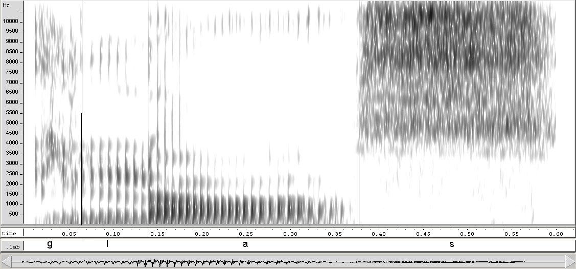
I consider “after sound” to characterize this felt condition for rhetorical action that is a result of listening beyond or after acoustic valuations. Instead of this being a moment void of sound, “after sound” defines a state of experience that is complicated by an attempt to control the valuative limits of what is and isn’t sonic. In this way, “after sound” only gestures toward the temporal to develop the different emergence of the sensorial. Because the hum affects in a manner similar to sound but without acoustic or electromagnetic origin, people who hear the hum make sense of this relentless experience through a condition that is after sound. Such a claim is represented in Sweeney’s admission that “[they] just have this weird feeling that this story needs to be told. That there’s more to The Hum than anyone has realized, and that maybe it needs to be further studied and looked into” (added emphasis). This felt, “weird feeling” is initiated after sound, and this is what I am considering as the call for rhetorical action. Such an affective, felt, and lived experience may only exist after the “logical” answers, failed scientific studies, and experiments lacking helpful results become determinative of sonic limits.

Further, “after sound” moves from Marie Thompson’s discussion of “source-oriented” noise (30) that she posits in her book Beyond Unwanted Sound: Noise, Affect, and Aesthetic Moralism. Speaking to the phenomenon of the hum, Thompson explains that an “unidentifiable noise is often amplified in perception, grasping the attention of the listener” (29). “After sound” is an hyper-attuned condition wherein the rhetorical actions of listeners are always attentive to what-may-(not)-be acoustics. It is their presence within utter sonic mystery that fuels the potential for persuasive response. And David Deming, a researcher in Geosciences, articulates in his article “The Hum: An Anomalous Sound Heard Around the World” that “in the absence of an answer provided by science, Hum hearers tend to find an explanation and hang on to it” (579), which illustrates the potential for listeners to respond via story within the conditions foregrounded by anomalistic encounters. “After sound” describes a moment of malleability that opens up in soundtime for different negotiations of sense and affect.

Responding to the conditions of listening with story, like Sweeney does, reflects an intention to share and persuade through an expression of sonic experience. As Katherine McKittrick states in her book Dear Science and Other Stories, “story opens the door to curiosity; the reams of evidence dissipate as we tell the world differently, with creative precision” (7). And V. Jo Hsu, speaking to the rhetorical potential of story, elucidates in their book Constellating Home: Trans and Queer Asian American Rhetorics that “story can slow down, hold still, redefine, and/or reimagine our physical movements to renegotiate their shared meanings” (18). How I’m conceiving of storytelling after sound develops from the insights developed by these authors and other scholars exploring the rhetorical potential of story in cultural rhetorics.

Story, in the domain of sound, enables listeners to reconsider how, when, why, and where the sonic is defined and valued. While it must not be the sole rhetorical technology after sound, Sweeney clearly relies on storytelling to make sense of their encounter with the hum. This story and other stories told about the hum illustrate how listeners practice the negotiation of sound’s meaning by collectively exploring ways of investigating and experimenting with(in) phenomena. Telling stories after sound is to reach across and through a community of listeners to find shared truths that come to be through encounters with hearing. Altogether, rhetoric after sound queries the intersection of perception and intelligibility to jostle forward the meaning of listening. At a moment when the world is at a loss for answers, this is a practice of seizing opportunities for hopeful and imaginative intervention into the valuative limits of the sonic.
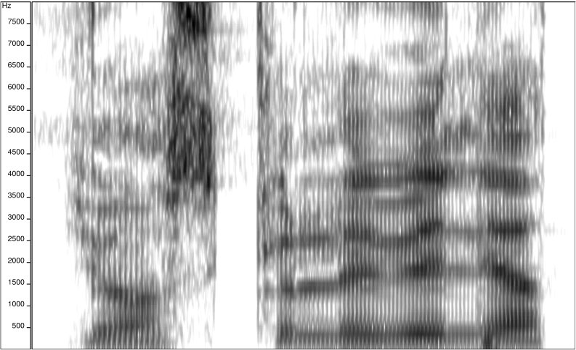
“I’ll end it here,” Sweeney begins in their last paragraph, “and I can assure you that everything I have told you is the absolute truth. It happened to me and not a friend of a friend. I was awake, I’m not making any of it up, and all I want are REAL answers.” Sweeney’s call for a resolution was posted 10 months ago, in May 2023. And still today, the hum continues to lack answers, and the unsolved mystery continues to impact listeners. More recently, Popular Mechanics reported in a November 2023 article, titled “A Ghostly Nighttime Hum Is Invading Random Towns. Scientists Don’t Know What It Means,” that the hum has reached Omagh in Northern Ireland and that citizens are “trapped inside [of a mystery].” So far, no matter the amount of media coverage nor number of affected people across the world, encounters are ultimately defined by sounds unknown. After sound—when communities of listeners are left behind by these valuative limits—rhetorical action persists in search of an explanation.
—
Featured Image: Spiral by Flickr User Richard CC BY-NC 2.0 DEED
—
Trent Wintermeier is a second-year PhD student in the Department of Rhetoric and Writing at the University of Texas at Austin. He’s a Graduate Research Assistant for the AVAnnotate project, where he helps make audiovisual material more discoverable and accessible. Next year, he will be an Assistant Director for the Digital Writing & Research Lab. His research interests broadly include sound, digital rhetorics, and community. Currently, he’s interested in how researchers can responsibly engage with communities impacted by sound and the local rhetorical ecologies which materialize under sonic conditions.
—

REWIND!…If you liked this post, you may also dig:
Becoming a Bad Listener: Labyrinthitis, Vertigo, and “Passing”–Aaron Trammell
Live Through This: Sonic Affect, Queerness, and the Trembling Body–Airek Beauchamp
Listening to Tinnitus: Roles of Media When Hearing Breaks Down—Mack Hagood
My Time in the Bush of Drones: or, 24 Hours at Basilica Hudson–Robert Cashin Ryan
Echoes of the Latent Present: Listening to Lags, Delays, and Other Temporal Disjunctions–Matthew Tompkinson
Re-orienting Sound Studies’ Aural Fixation: Christine Sun Kim’s “Subjective Loudness”–Sarah Mayberry Scott
Sonic Lessons of the Covid-19 Soundscape
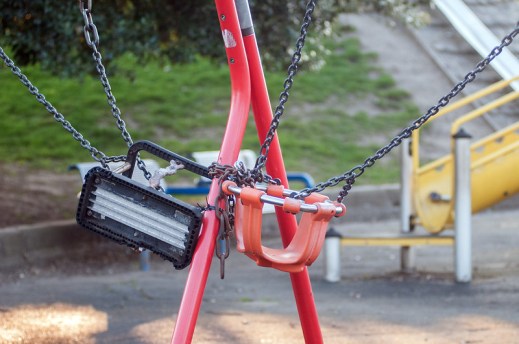
It’s understandable to resist reading or thinking about Covid in late-2021, even as the Delta variant’s new surges are making headlines around the world. Covid has surrounded and overwhelmed us for over a year, and many people’s reluctance to engage meaningfully with it at this time is fueled by feelings of fatigue, mental exhaustion, and frustration. However, I urge in this post that we have a continued responsibility to sustain our sonic engagement and listen to what the Covid-19 soundscape teaches us.
Covid-19, as most of us now know now, is a virus caused by the coronavirus strain SARS-CoV-2. While the symptoms of Covid-19 are many and varied, one symptom seemed most vital and censorious—a nagging and persistent dry cough that became referred to as the “Covid cough” in everyday vernacular. The Covid cough became an intrusive and yet all too familiar presence in the Covid soundscape—an isolated acoustic environment that allows us to study its characteristics. For instance, investigations within the Covid soundscape have studied the noise annoyances of traffic, neighbors, and personal dwellings; have recorded the quieting of the usually bustling streets of New York City; have researched whale stress hormones linked to less noise pollution in our ocean waters; and have analyzed the reception and aural imagery of sirens. I seek to add to this research by bringing the sounds of the Covid body (or a body perceived to have Covid) into the larger soundscape conversation.
It is of vital importance to attend to the Covid soundscape while we are still in it because the Covid soundscape is bound by time and place and is ever-changing. Once Covid is eradicated, our access to the sounds surrounding it disappear as well. So, I dwell in the soundscape where the Covid cough is still an everyday reality. With the Covid cough present in approximately sixty percent of Covid cases according to WebMD, the cough quickly became the virus’s warning bell, identifying who might be infected with the virus. In the early days of the viruses’ rapid spread in the United States, coughing became an acoustic red flag—a sign that danger could be near. So much about the virus and its spread was unknown, and the uncertainty heightened desires for control and reassurance. Because of this, we attended to coughing in ourselves and others, consciously and unconsciously, in ways we probably never had before.
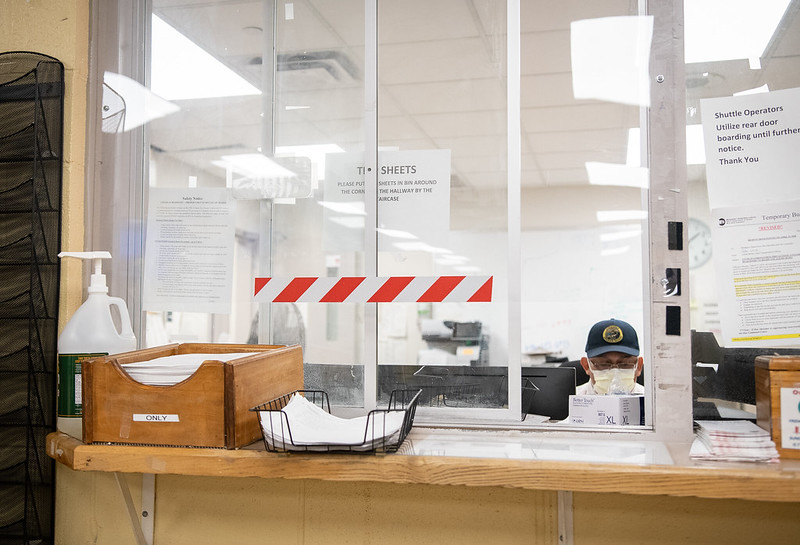
All of this auditory attention focused on coughing is a process of listening. Different from hearing—perceiving sounds—listening requires attentiveness and consideration. Listening to sounds, as Ceraso states, “influences our feelings and behaviors as we move through the world” (176). I, like Eckstein and other sound scholars, insist that sound is an argument and that sounds have persuasive power. Sounds can evoke different responses from different people—perhaps your favorite song elicits painful memories for someone else. Listening then, can be personal. However, sound studies scholars know, and Covid-19 has amplified, that listening is also shaped by social and cultural contexts (Rice, “Listening”). During the pandemic, people listened to bodies in ways that were shaped by the news, the medical community, the culture, and the environment. While listening as a medical practice is used to diagnose and treat, the listening I refer to here is not one of compassionate care, but rather a practice of fear, surveillance, and othering.
For many people—in the United States, particularly white, hetero, cis-gendered, able-bodied, people—their bodily sounds came under social and cultural scrutiny for the first time——bringing up issues of autonomy and self-control. “It’s just allergies,” folks muttered while passing someone in the grocery store, just as a cough that could no longer be suppressed escaped their lips. Suddenly, as suspicious eyes were cast every which way, people felt compelled to disclose their medical histories to complete strangers in order to have their coughs—their bodily sounds—be deemed socially acceptable and their public presence allowable. Shildrick reminds us that bodies are leaky, but Western medicine and practice reinforce European-descended cultural teachings that our bodily boundaries should be secure (i.e. not leaky) and that otherness should be excluded. The “Covid cough” taught many of us for the first time that our bodies are leaky, noisy, and permeable, and they are not always under our command. Listening to our bodies took on an all-new meaning as we attended to our bodily sounds in hyper-vigilant ways.
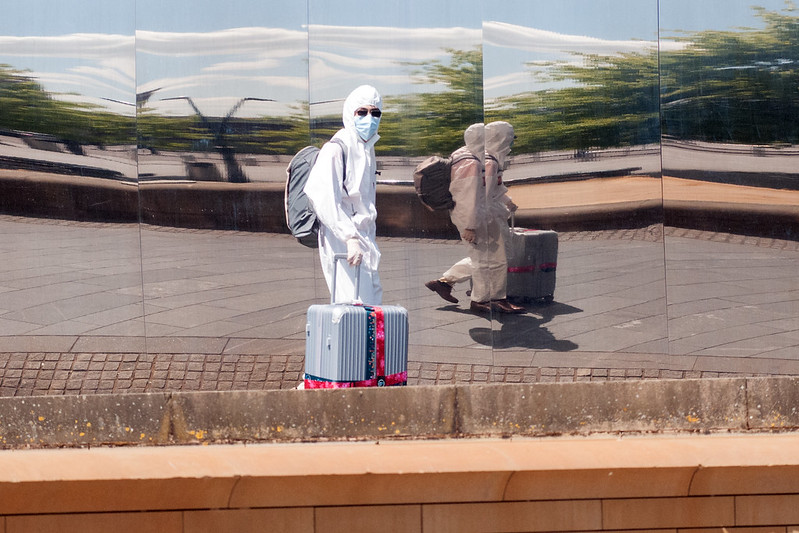
Attending to the leaky, noisy nature of bodies, however, was certainly not new to everyone. Stoever’s The Sonic Color Line details the hypervigilance and rigid compliance long demanded of Black and brown bodies—often violently—by the white listening ear’s norms regarding “propriety” and personhood. Ehrick’s concept of the “gendered soundscape” thinks through surveillance in regard to female-presenting bodies and vocal gender. Casillas’s notion of “listening loud(ly)” while Chicanx, Martin’s Black feminist soundwalk methodology , and Blake’s discussion of the “gas station voice” many trans people take on to protect themselves from attack reminds us that the stakes for surveillance are higher at the intersection of race, gender, class, sexuality, accent, and citizenship status, but that resistance can also be also quite powerful.
For individuals with health conditions, impairments, or disabilities, too, concerns about control and disclosure are not recent issues, as their bodies have long been listened to in ways non-disabled bodies simply have not. For example, for a time after my mother had emergency surgery for colon cancer, her body required the use of a colostomy bag. One day she and I were shopping in a department store when a sales clerk heard my mother’s body leak (i.e. make sounds that we’ve been taught to believe are only acceptable in private spaces and bathrooms). The sales associate listened to my mother’s body in a way that bordered on disgust and looked at her in a way that beckoned my mom to justify her leaky, fallible body.
This kind of listening—the surveillance of others’ bodies—is used to regulate and control bodies, and is a long-standing tradition in disability history. For instance, St. Pierre highlights the embodied act of stuttered speech that is not only constructed by cultural norms but that challenges our cultural fantasy of the body as an invisible channel for communication and disrupts the disabled/able-bodied binary. Mills’s research on deafness and hearing technologies explores the irony and paradox that hearing aids and cochlear implants were invented to “treat” the invisible disability of deafness, but yet visibly mark their wearers. And while not explicitly writing of disabled bodies, Booth and Spencer contend that non-vocal bodily sounds are rhetorical and therefore create rhetorical challenges and provoke us into attempted management of the sounds our body produces. Individuals with impairments, diseases, and disabilities have long been listened to, scrutinized, and surveilled in these ways. Such listening is culturally bound and rooted in the ableist myth that bodies should be self-contained and controlled at all times.
As the Covid-landscape meant that our ability to visually surveil bodies was diminished due to masks, barriers, and plexiglass partitions, our impulse to sonically surveil became heightened. Thus, many of us listened differently. Our fears of being surveilled were heightened by the fear of the Other—in this case, the fear of being othered as unwell. Our anxiety about the Covid cough was attached to ableism and the horror of being perceived as sick because, as Davis states, the “nightmare of the body is one that is deformed, maimed, mutilated, broken, diseased” (Normalcy: Link 7). The Covid cough reminded all of us that we are not as self-controlled and autonomous as we would like to think, and that we are all capable of being–or of becoming–a dissed (diseased or disabled), othered body, if we are not already.
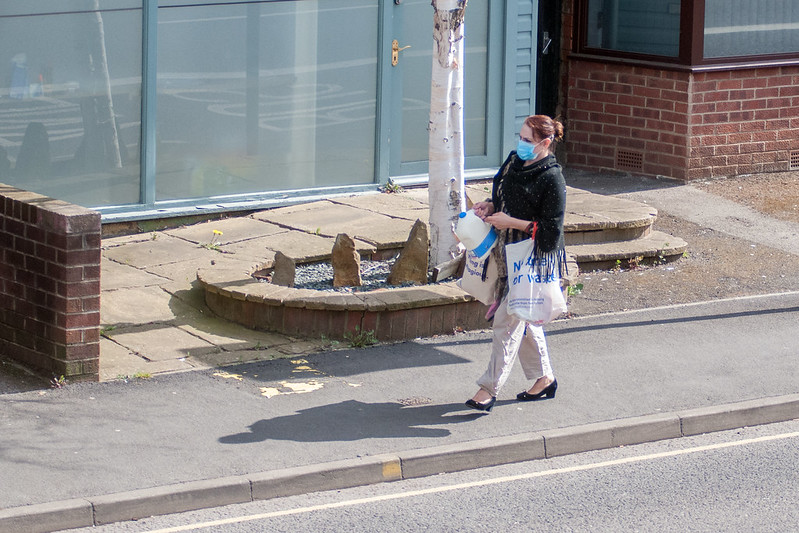
But what if we could revisit the Covid cough and consciously listen to it in other, less fear-driven ways? If we move from listening to the cough as a surveillance practice and situate our listening as a critical rhetorical practice–a practice that examines the relationship of discourse and power and advocates for social change–then we can begin to think about what the Covid cough can teach us. Novak and Sakakeeny claim that sound only becomes known through its materiality. The Covid cough is indelibly material and embodied; it requires lungs and airways, breath and mucus. The Covid cough, distinguishable from other coughs, was described similarly by medical professionals around the world, reminding us that while listening is a highly cultured act, our sound bodies are comprised of blood, bones, and organs—substance that tethers our listening practices to a material body. We are, as Eidsheim claims in Sensing Sound, interconnected in material terms: “we cannot exist merely as singular individuals” (20). The stuff and guts of our material bodies reminds us of our connectivity, of our shared humanity, of our oneness.
The sound of the Covid cough, then, assures us of our vulnerability—a vulnerability precipitated by our lived, material body. It is important to note that not all individuals have been equally vulnerable. Individuals who are immunocompromised and essential workers, for instance, were much more susceptible to being exposed to the Covid-19 virus, as was anyone unable to work to home and many Black and brown Americans made more vulnerable by years of racist neglect by the nation’s health care system. But, still, no one is invincible. The sounds of the Covid-19 soundscape reify this truth and reinforce that through our material bodies, we are interconnected; we are all sound, and sounding, bodies.

Covid-19 brought, and is still bringing, daily horrors. The sounds of the Covid-19 soundscape are not yet absent from our consciousness or our communities. My hope is that by re-immersing ourselves into its soundscape, we can continue to remember that our fight against Covid-19 is a collective one and that we all have a shared responsibility toward our fellow humans. It is also important for sound studies to think critically and rhetorically about normalized listening practices and how those practices shape cultural understandings of what it means to be sick or disabled. Listening is not only an embodied practice; it also has bodily implications. While the Covid-19 soundscape heightened our awareness of our own vulnerability and, for some, their fears of “the other”—and (hopefully) some reflexivity on how one’s own listening can drive practices of othering—it also reassured many of our connectivity, for better or worse.
We remember those whose lives were lost to Covid-19. We listen to honor them and we listen to learn. . .and hopefully we can listen to one another with renewed empathy to build new collectivities that will forever change the Covid soundscape, along with the many other intersecting inequities that collectively brought us here too.
—
Featured Image: Coronavirus, Playground on Lockdown, Sheffield, UK, Image by Tim Dennell (CC BY-NC 2.0)
—
Sarah Mayberry Scott (Ph.D., University of Memphis) is Assistant Professor of Communication Studies at Arkansas State University in Jonesboro, Arkansas. Her research centers on representations and rhetorics of deafness. Scott is particularly interested in how sound impacts the Deaf community and how multi-modal literacies can be of particular interest and utility. She explores these issues in her works, “Re-Orienting Sound Studies’ Aural Fixation: Christine Sun Kim’s ‘Subjective Loudness,’” (2017), “Disability Gets Dissed: How Listening Rhetorically with Cultural Humility Amplifies the Concerns of Disability Culture,” (2021), and “Toward a More Just Rhetorical Criticism Through Situated Listening” (in press).
—

REWIND! . . .If you liked this post, you may also dig:
my mother’s voice, my father’s eye, and my other body: the sound of deaf photographs— Cara Cardinale
SO! Reads: Steph Ceraso’s Sounding Composition: Multimodal Pedagogies for Embodied Listening--Airek Beauchamp
SO! Podcast #79: Behind the Podcast: deconstructing scenes from AFRI0550, African American Health Activism – Nic John Ramos and Laura Garbes
Queer Timbres, Queered Elegy: Diamanda Galás’s The Plague Mass and the First Wave of the AIDS Crisis– Airek Beauchamp






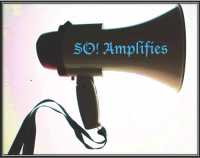
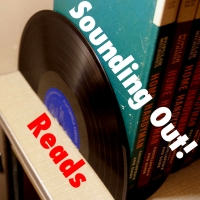
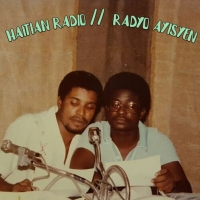
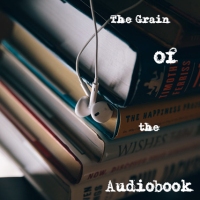
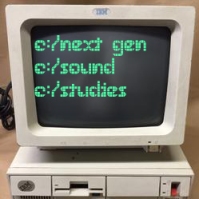




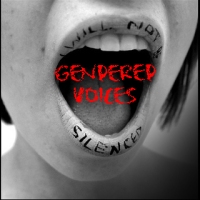


Recent Comments